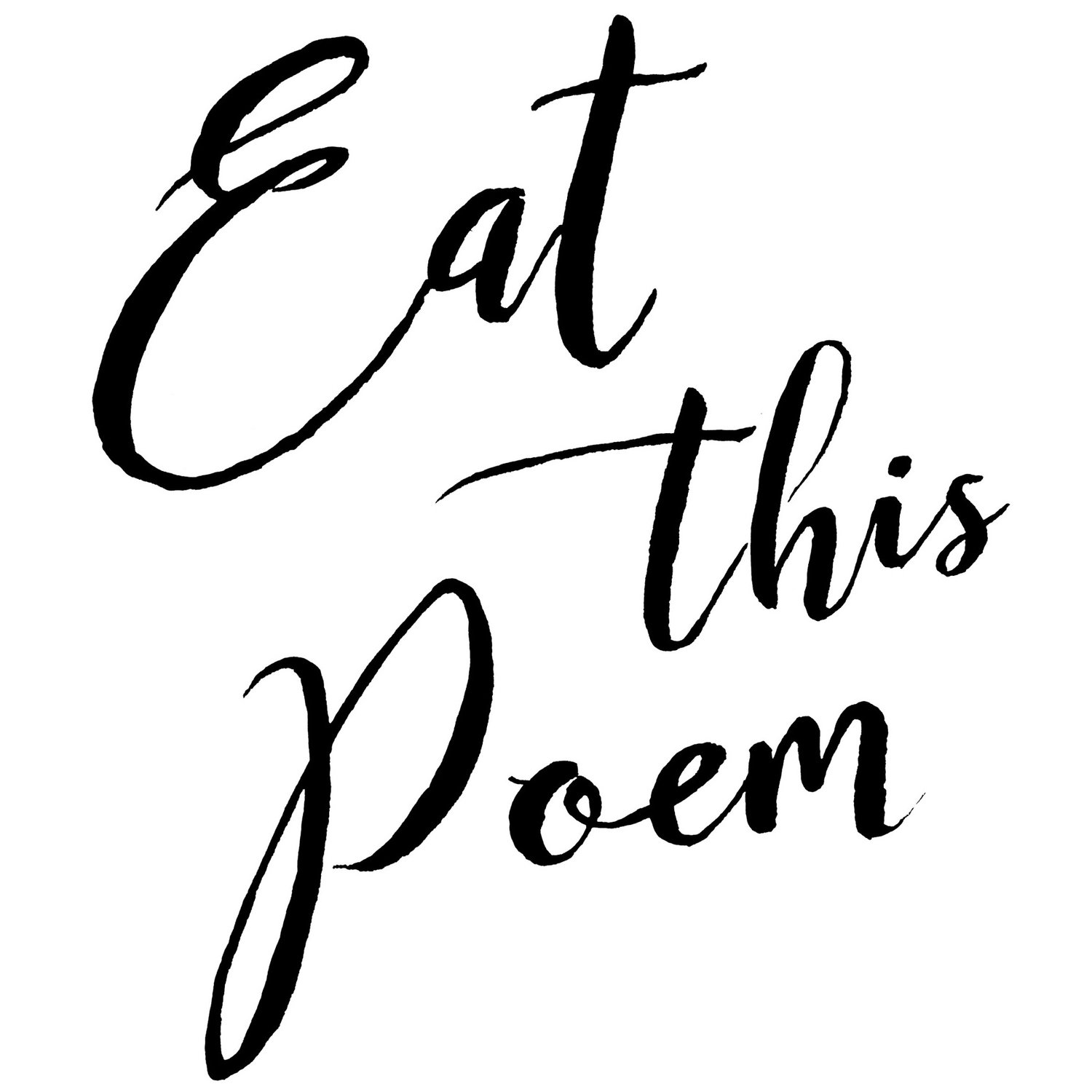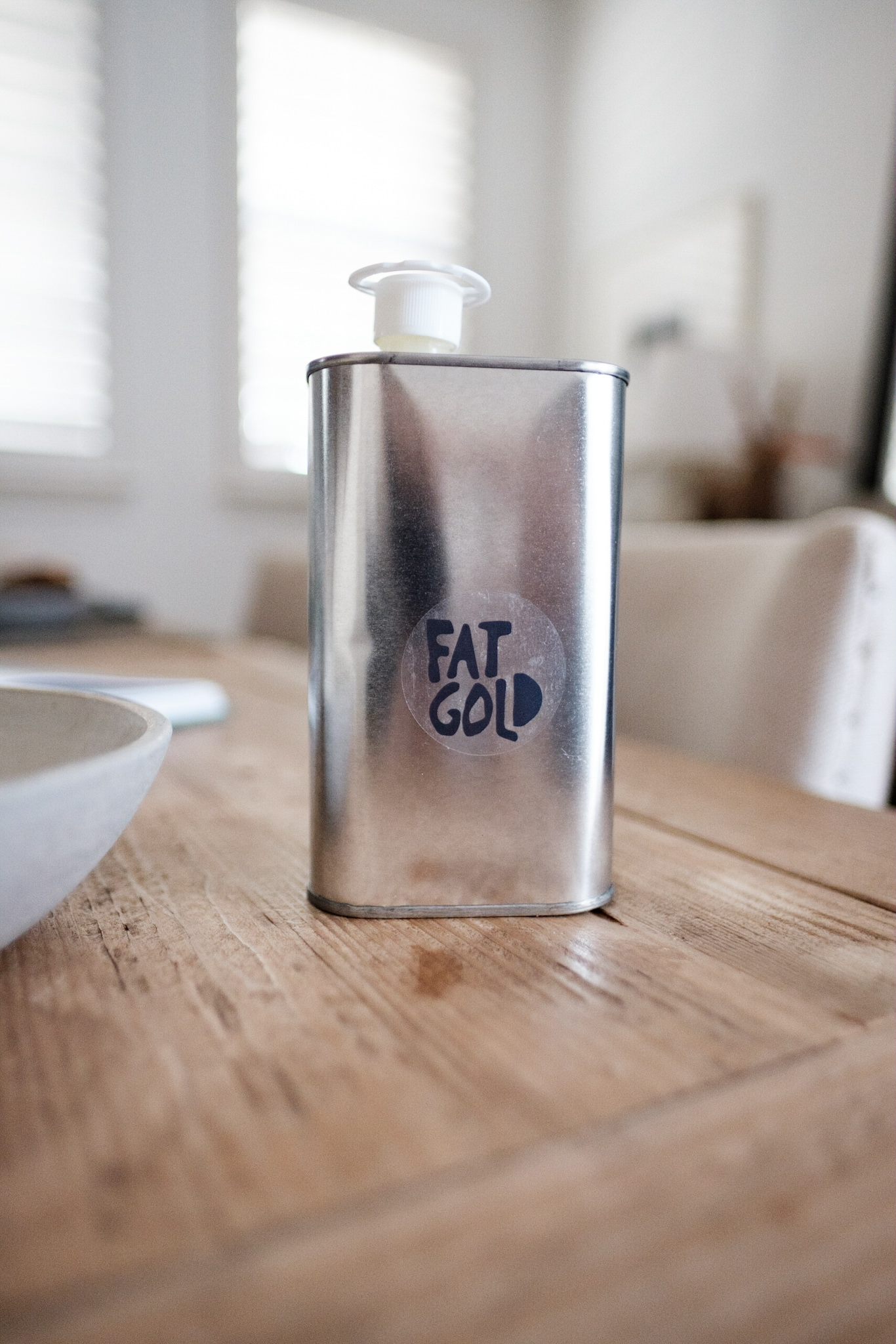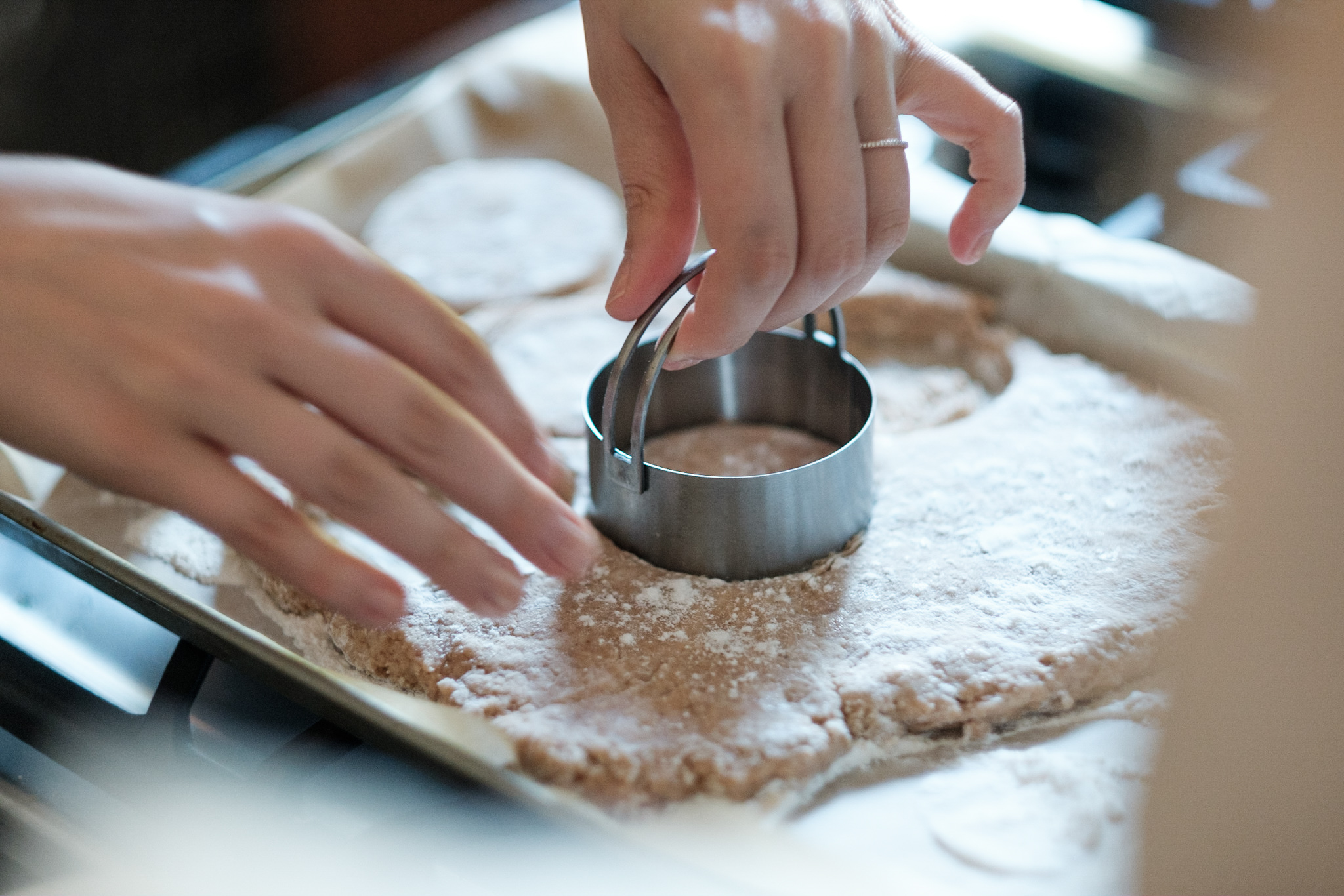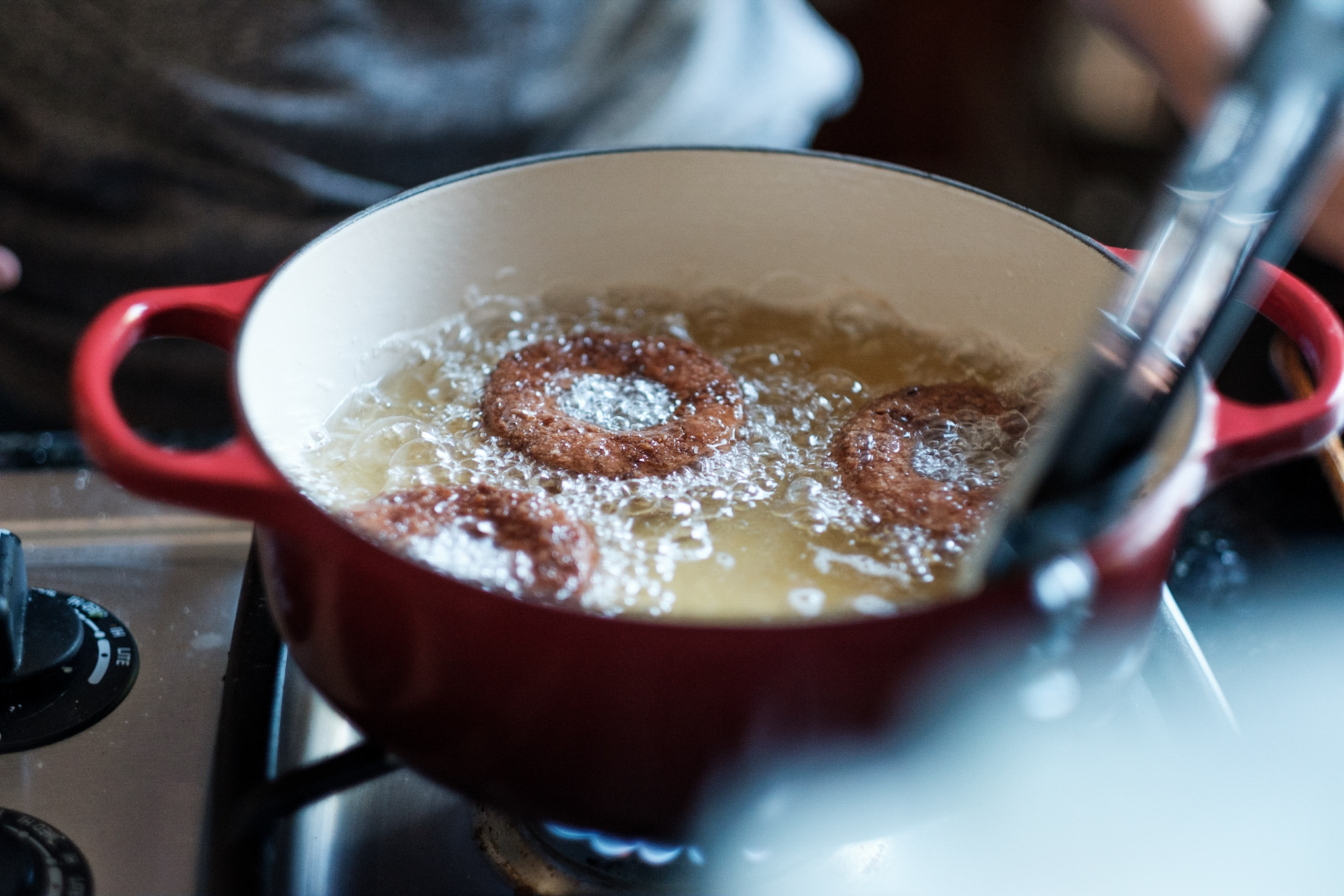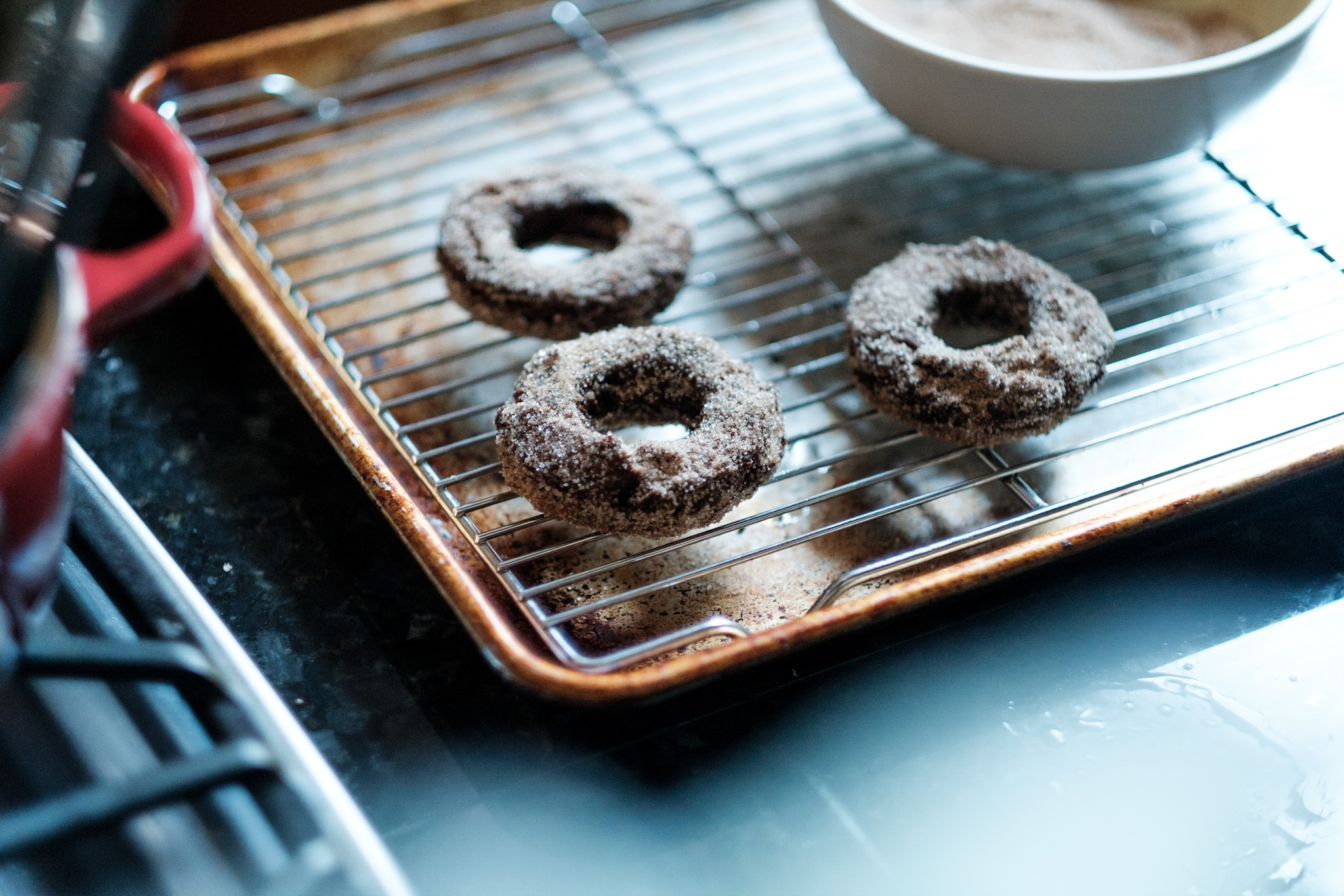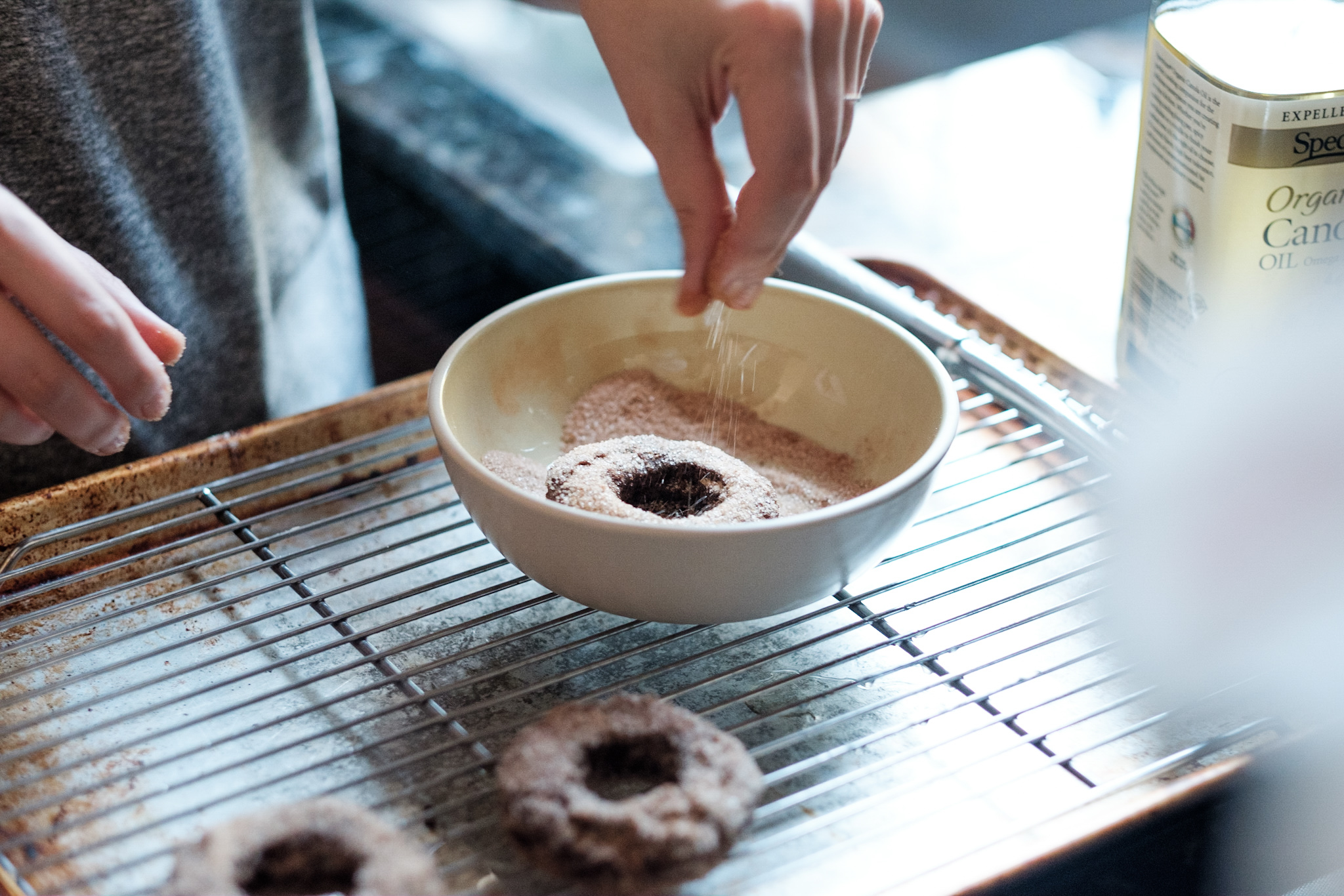Citrus has always been a gift of winter—colorful, tart, sweet, bursting globes to brighten cold, dark days. I'm partial to Meyer lemons when I can find them because they're more sweet than tart, and beg to be baked with, and while reading a new poetry collection from Judith Waller Carroll, I was transported to the kitchen more than once.
Many of her poems explore our internal lives and coming to terms with change, like becoming an empty nester, aging, and pausing to remember something so small but meaningful as a daughter's first smile. Read "Lemon Bread" and you'll see what I mean.
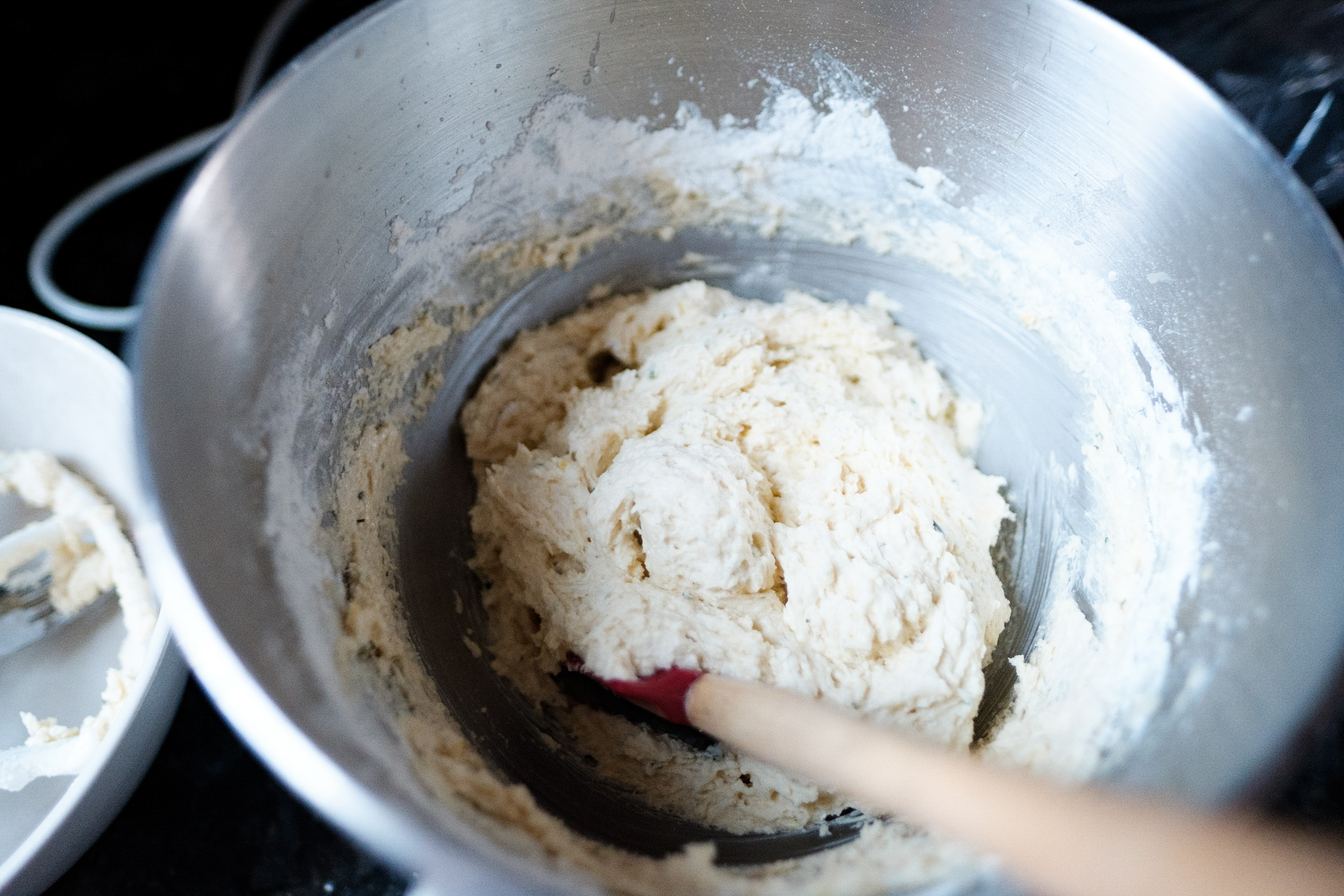

Lemon Bread
by Judith Waller Carroll
We are straddling the gap
between winter and spring.
Wind through bare branches,
a sky more gray than blue.
Perhaps deliciously happy
is not in my makeup,
the way I opt for savory over sweet,
shun sugar for spice.
Still, there are moments, like now,
watching you in the kitchen
as you squeeze the plump lemons
over the hot, fragrant loaf.
The sun has come out
on the blossoming dogwoods,
the first new leaves
on the hydrangea's stiff stalks.
“Lemon Bread” is reprinted with permission from Judith Waller Carroll’s book What You Saw and Still Remember (Main Street Rag, 2017).
Isn't so much of life "straddling the gap" between one thing or another? If it's not winter and spring, it's summer and fall. There are life transitions like getting married, sending your kids to college, or moving from one state to the next. I related to much of the sentiment about "deliciously happy" not being my default, always keeping some emotional distance to serve as a guard around my heart. But as the poem describes, there are moments of sheer joy, when you can't help but embrace the "blossoming dogwoods" or "the first new leaves."
Of course, I was glad to read about a blissful moment in the kitchen, lemons being squeezed over a "hot, fragrant loaf." In honor of choosing savory over sweet, I decided on a lemon cake dotted with rosemary. It strikes just the right note to embrace changing seasons and complimentary flavors that might seem opposed at first glance, but like our emotional worlds, always prove they can coexist.
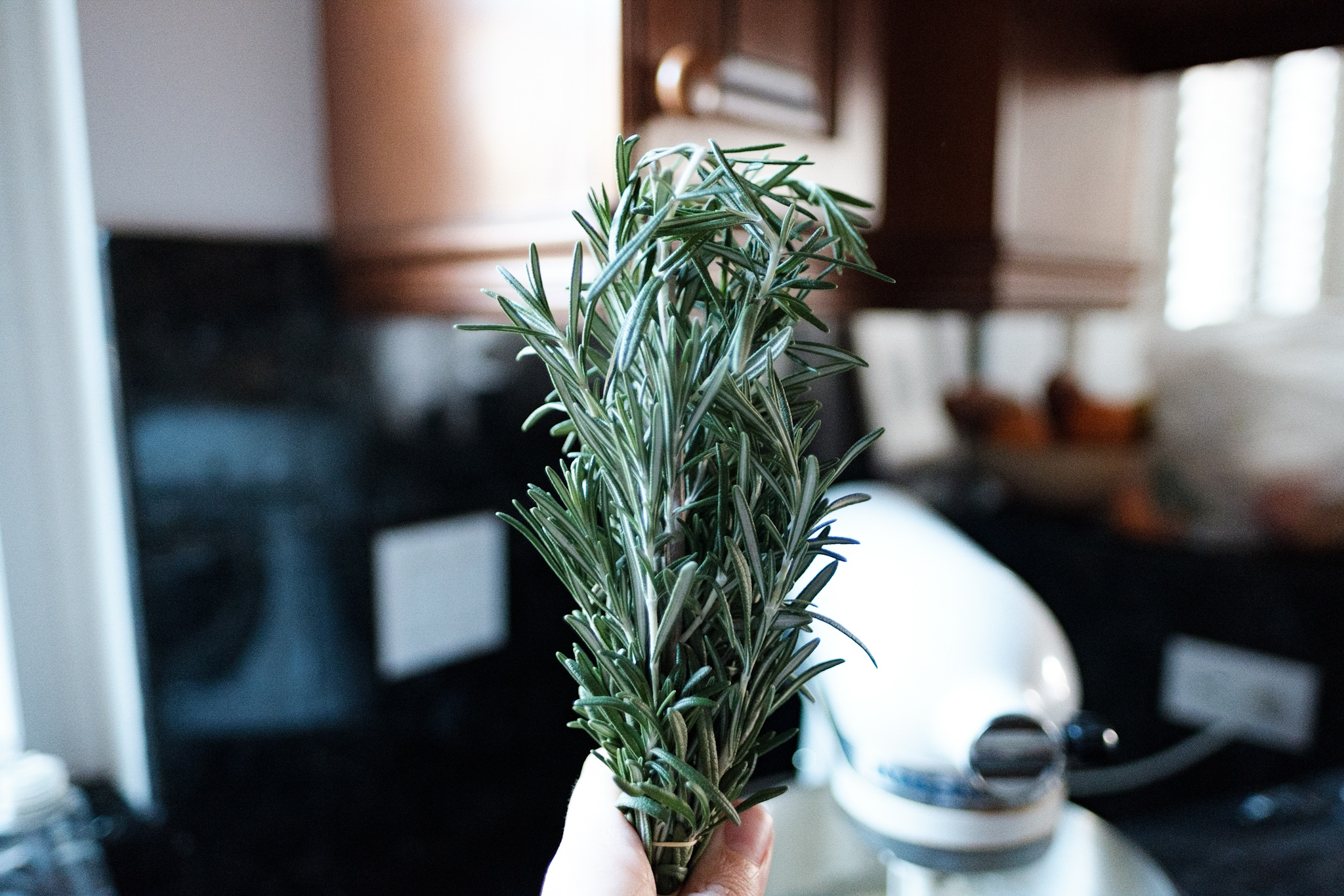
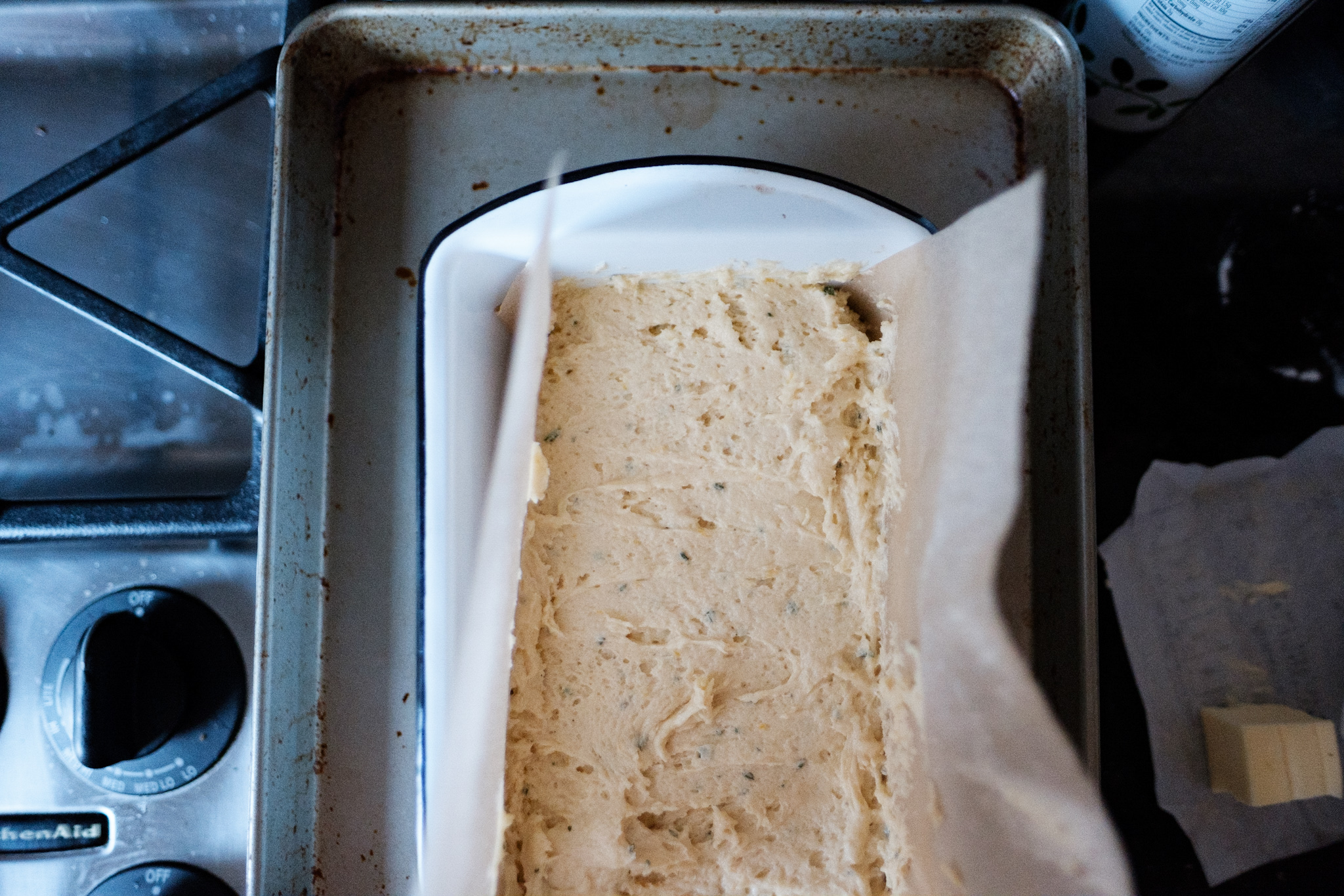
Meyer Lemon, Yogurt, and Rosemary Cake
This loaf cake is moistened with yogurt and hits those sweet notes with Meyer lemons and savory notes with woody rosemary. It's perfect for an afternoon treat alongside a cup of tea.
For the cake
1 1/2 sticks unsalted butter, room temperature
1 cup granulated sugar
2 tablespoons meyer lemon juice
Zest of 1 meyer lemon
2 teaspoons vanilla extract
1/2 cup plain yogurt (not Greek)
3 eggs
1 1/2 cup all purpose flour
2 teaspoons baking soda
1/2 teaspoon salt
1 tablespoon fresh rosemary, finely chopped
For the glaze
1 cup powdered sugar
2 to 3 tablespoons meyer lemon juice
Chopped rosemary (optional)
Preheat oven to 350° and line a loaf pan with parchment or mist with cooking spray.
Cream butter and sugar in a stand mixer until light and fluffy, about 3 minutes. Add lemon juice, zest, vanilla and mix until just combined. Add yogurt, then eggs, one at a time, until mixed. Finally, add the dry ingredients—flour, baking soda, salt, and rosemary. Scrape down the bowl if needed, and stir until everything is smooth and well combined.
Bake 45 to 50 minutes, until golden. Cool in pan for 10 minutes, then invert to remove and cool completely on a rack.
Make the glaze by sifting powdered sugar into a medium bowl. Whisk in lemon juice, adding more as needed, until thick but pourable. Drizzle over cake and add rosemary sprigs, if using. Let glaze set before slicing.
